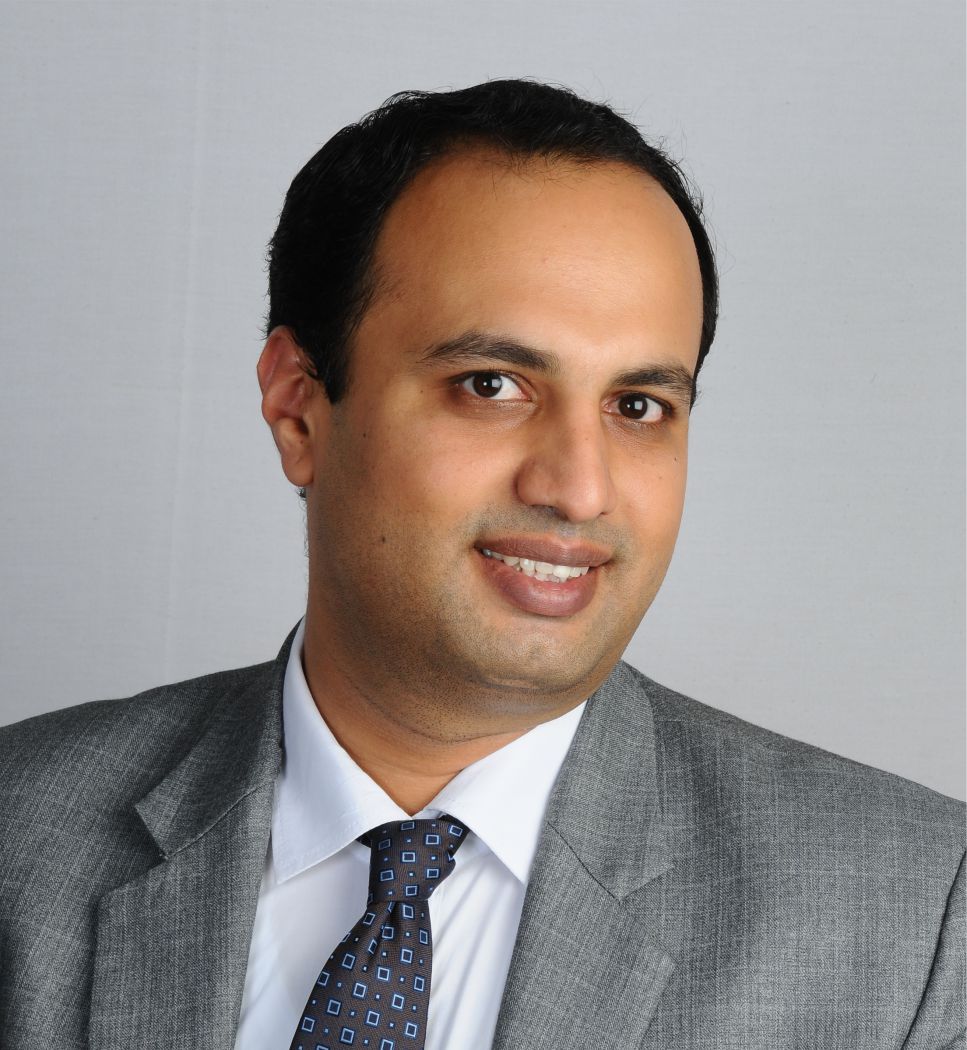
Bariatric and Metabolic, G.I Onco Surgeon and Advanced Laparoscopic Surgeon
Bariatric also known as Weight Loss Surgery & Metabolic Surgery is the latest armamentarium to fight against Obesity & Type II Diabetes Mellitus.
This surgery is being performed in the west since 1980’s. Now, it is being popular in Asia. The long term results (>10 years) have proved that these surgeries are safe & effective. A significant sustained weight loss i.e. 60-90% is proved with70-96% improvement in Obesity associated diseases.
What are the procedures?
- Sleeve Gastrectomy
Is most popular surgery worldwide. In this procedure, stomach volume is reduced to 200-250ml which produces a restrictive component. Removal of fundus abolishes hunger surge, 70-80% of excess weight loss is expected.
With this procedure patient does not require to take any supplements after 1 year of surgery if diet is followed as advised.
- Gastric Bypass
In this surgery small pouch (15-20 ml) is created & 100-150 cm of small intestine from the duodeno jejunal flexure is bypassed. So it has restrictive & malabsorptive component which produces 80-90% of excess weight loss. Good for patients with severe comorbidities.
With this procedure patient does not require to take any supplements after 1 year of surgery if diet is followed as advised.
- Gastric Banding
Is predominantly, restrictive procedure. Ideal for adolescents & patients who want reversible procedures.
Produces 50-60% excess weight loss. However, weight regains may occur after removal or after maladaptive eating.
A. Who should undergo surgery ?
- Patients with BMI > 37.5 without any diseases.
- Persons with BMI > 32.5 with any 2 comorbid diseases. i.e; Diabetes, hypertension, infertility, joint pains, obstructive sleep apnea, hyperlipedemia, fatty liver, hyperuricemia, impaired sexual function.
- Persons with BMI > 27.5 with uncontrolled comorbidities even with best medical management for example - Person with uncontrolled blood sugar levels even with insulin & antidiabetic medications.
- Age between 18-65 years and well motivated person.
B. Who should not undergo surgery ?
- Patients with chronic alcoholism, substance abuse.
- Patients unfit for general anaesthesia, portal hypertension.
- Unmotivated persons, severe psychiatric illness.
C. How does Diabetes Mellitus get controlled after Bariatric & Metabolic Surgery ?
- Duodenal exclusion via surgery improves pancreatic function.
- As the food transit time is shortened i.e. food is delivered early into small intestine, GLP-1 hormonal levels rise & this controls sugar via pancreas.
- Surgical procedure reduces weight which reduces insulin resistance.
D. How is this surgery performed ?
- This is performed laparoscopically under general anaesthesia. The patient has 3-5 small 1-2cm incisions on abdomen. Laparoscopic surgery also known as key hole surgery has an advantage of less pain, better cosmesis, early recovery & discharge.
- Patient needs to do some preliminary investigations followed by a liquid diet regime for 3 days to 7 days. Hospitalization is for 3-5 days & patient can resume work within 10-15 days.
E. Is this same as liposuction ?
- Liposuction refers to procedures where superficial abdominal fat is removed. Mainly done who require cosmesis. Weight loss expected is less.
- Bariatric surgery is different from liposuction. It is a Gastro Intestinal Surgery which produces significant weight loss.
F. What are the side effects of surgery?
- This surgery has risks as any other laparoscopic surgery. There is a small <1% Risk of anastomotic leak & bleeding. Modern anaesthesia has made this procedure safe.
- Few patients may have skin laxity or nutritional deficiencies if, adequate protein intake & diet is not followed.
G. How much weight loss is expected ?
- Weight loss is more with malabsorptive procedures whereas less in predominantly restrictive procedures. Around 60-90 % of excess weight loss is expected over 1-1.5 years time period.


